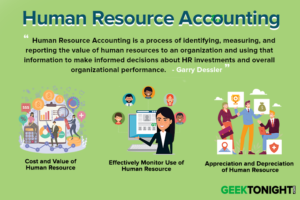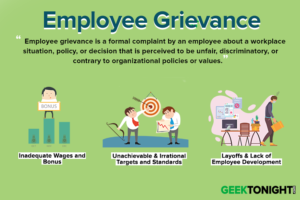What is Succession Planning?
Succession planning is a process that ensures a suitable supply of successors for current and future jobs in an organisation. It is a process of recognising and developing the potential of employees within an organisation to fill its key positions. Succession planning is an essential HR activity that focuses on planning and managing the career of individuals to optimise their needs and aspirations.
Table of Content
The most important features of succession planning are as follows:
- Involves three time frames to decide the required duration for the preparation of a successor:
- Immediate (within one year)
- Intermediate (one to five years)
- Long range (beyond 5 years)
- Ensures the growth prospects of an organisation|
- Represents a future-oriented activity
- Identifies the potential employees as replacement for key positions in the organisation
- Creates a healthy and harmonious environment within the organisation
- Grooms the existing employees for future vacancies, particularly at the key positions
- Acts as a basic part of career planning
- Motivates internal employees by ensuring promotion within the organisation
Objectives of Succession Planning
Succession planning requires that organisations should have the ability to accomplish their goals and effectively deliver results now and in the future. The objectives of succession planning are as follows:
- To create an agreed-upon plan for potential successors
- To identify successors for each key position
- To involve the entire executive team for successor development
- To identify high performance key talent for executive positions
- To identify high potential talent for successors
- To retain identified successors
- To focus on linking employee career development goals and desires with organisational succession planning needs
- To provide a means for employee development and training
Benefits of Succession Planning
There are several benefits of succession planning, which include:
- Ensures that the organisation is prepared with a plan to support service continuity when the current senior staff and other key employees leave the organisation
- Ensures a continuing supply of qualified, motivated people, who are prepared to take over when the current senior staff and other key employees leave the organisation
- Aligns the organisation’s vision and human resources that shows an understanding of the need to have appropriate staff to achieve strategic plans
- Gives a commitment to developing career path for employees, which will facilitate the organisation’s ability to recruit and retain top-performing employees
- Builds reputation of the organisation as an employer that invests in its people and provides opportunities and support for promotion
- Conveys a message to the employees that they are valuable
If there is no succession plan in an organisation, then the organisation’s effectiveness and sustainability are weakened. The organisation may not have a means to ensure that its critical programmes and services are sustained beyond the tenure of the individual currently responsible for them.
Career Development and Succession Management at via People
Via People, Inc. is a leading provider of performance and talent management solutions in the US. The company specialises in developing all-in-one solutions based on the requirements of its clients to meet business needs in the best possible manner. Recently, Via People has helped one of its clients in developing a career development and succession management system to increase employee retention. The client company (a pharmaceutical company) implemented new strategies to expand business in new verticals.
Due to expansion, the organisation found it difficult to identify internal candidates to be promoted to higher management positions. The newly promoted managers needed to be trained quickly so that they can take up new responsibilities. However, once the growth of the client company stabilised, the management became concerned about the retention of its sales professionals and other leaders. The client company feared that people would leave the company if they found a better opportunity in the market as the growth opportunities in the company had slowed down.
The client company also felt the need for an appropriate reward system to acknowledge performance improvement and career progress, and a systematic and transparent process for promotions from within.
The team at Via People developed Succession Planning and Career Pathing solution to meet the requirements of the client company. For this, the Via People’s team analysed the whole situation of the client company by identifying the current and future talent requirements. Based on these requirements, the Via People’ team created developmental paths to achieve higher positions in the client company.
The company also built a robust database by integrating information about all sales professionals from multiple internal systems. Using data file transfers and periodic talent assessments, the database was regularly updated. The Via People’s team then translated all talent requirements into algorithms and business rules to mine the database. After the implementation of the solution, the client company successfully continued their philosophy of internal promotions during various growth initiatives.
As a result, the turnover of the client company slowed down considerably. Employees developed a faith in company’s promotion policies due to a fair and transparent career development programme. The Succession Planning and Career Pathing solution provided by Via People enabled the client company to face the future and readily fill positions that would arise from new product growth.
Human Resources Tutorial
(Click on Topic to Read)






